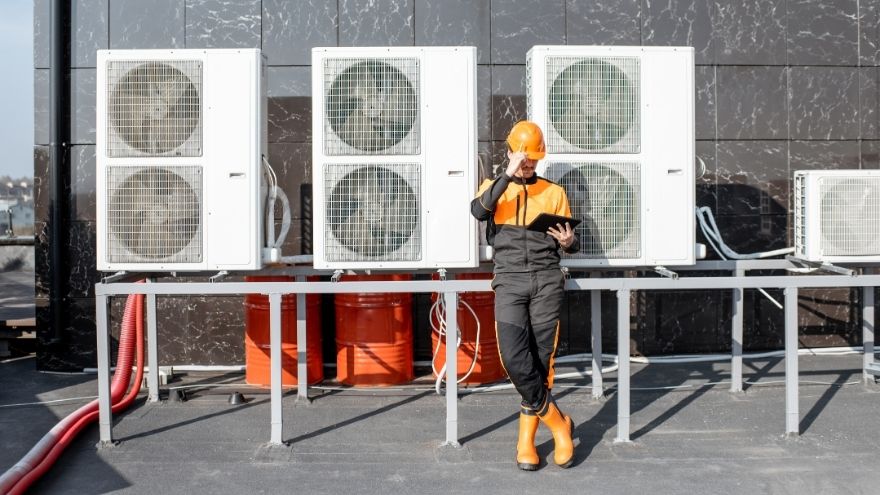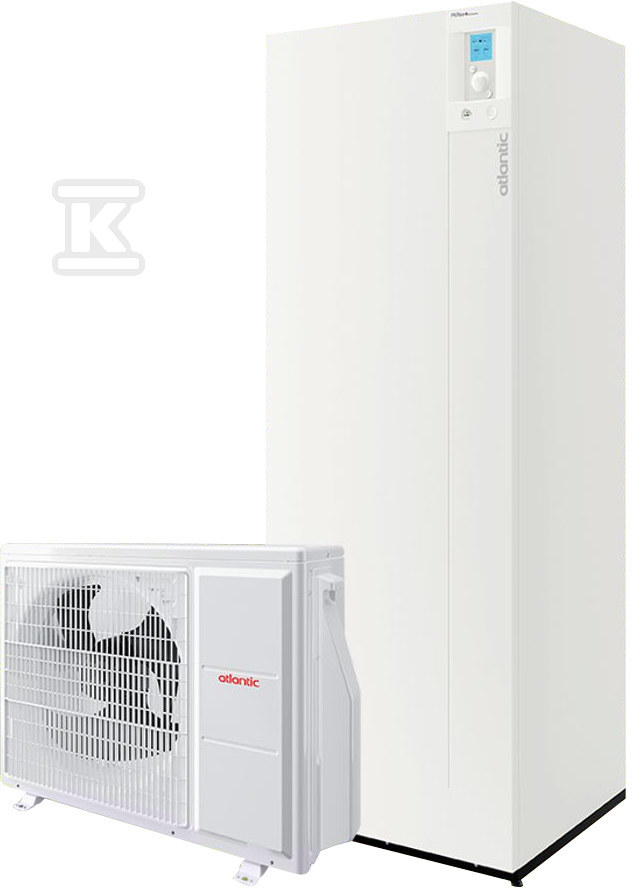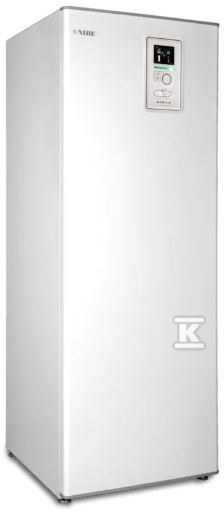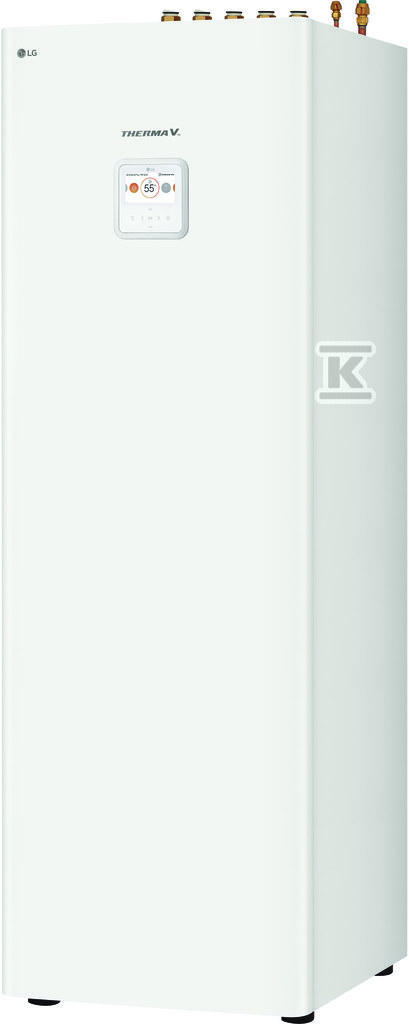Heat pumps – valued by users for their ease of use and savings – operate according to specific principles, taken into account at the design stage. One of the parameters that allows the full use of the heat pump's potential is the heating curve. It is therefore worth understanding its operating mechanism from the beginning, what it is and how to set it correctly?

Check out air heat pumps at the Onninen wholesaler
The role of the heating curve in heat pump systems
 The main aspect of the operation of such a system is the appropriate setting of the heating curve. Its basic function is to determine the relationship between the supply temperature of the heating system and the temperature occurring outside. As a result, this translates into thermal comfort inside the building while saving energy.
The main aspect of the operation of such a system is the appropriate setting of the heating curve. Its basic function is to determine the relationship between the supply temperature of the heating system and the temperature occurring outside. As a result, this translates into thermal comfort inside the building while saving energy.
The mentioned relationship enables automatic adjustment of the operating temperature of the heating system depending on weather conditions, which is something that air heat pumps take advantage of.
In this case, the dynamic response to temperature changes is important, which is associated with the rapid regulation of the power supply parameters . In other words, when the outside temperature drops, the heating curve automatically increases the supply temperature, which allows for thermal comfort without the need to manually regulate the heating devices. A correctly set curve ensures the right balance between the heat demand in the building and the efficiency of the heat pump.
Factors influencing the appearance of the heating curve in a heat pump
 The formation of the heating curve is influenced by several important factors. One of them is the type of technology in which the heat pump was made. Unlike air heat pumps, ground heat pumps are characterized by the stability of the lower source temperature, thanks to which the curve can be slightly milder. This means that the system reacts less aggressively to changes in the outside temperature. In both cases, however, precise setting of the heating curve is crucial for optimizing energy consumption and ensuring comfort for building users.
The formation of the heating curve is influenced by several important factors. One of them is the type of technology in which the heat pump was made. Unlike air heat pumps, ground heat pumps are characterized by the stability of the lower source temperature, thanks to which the curve can be slightly milder. This means that the system reacts less aggressively to changes in the outside temperature. In both cases, however, precise setting of the heating curve is crucial for optimizing energy consumption and ensuring comfort for building users.
Factors that should be taken into consideration when setting up the system:
- Type of heating system – Different systems, such as underfloor heating, wall radiators or convector systems, have different supply temperature requirements. In each case, the heating curve must be adapted to the specifics of the system;
- Building insulation – Well-insulated buildings require less heating, which translates into a flatter heating curve.
- Local climatic conditions – In regions with lower average outside temperatures, the heating curve must be set to provide higher flow temperatures.
- Heat Pump Type – Air source heat pumps, which rely on air temperature, must respond dynamically, which results in a steeper curve profile. Ground source heat pumps use ground temperature, the stability of which allows for smoother regulation.
What should the heating curve in heat pumps look like and how should it be set?
A correctly set heating curve should provide an optimal correlation between the heating temperature and the current outside temperature . This is a condition for maintaining thermal comfort with minimal energy consumption. The optimal setting depends on the specifics of the building, but it is generally accepted that the heating curve should be steep enough to guarantee a quick increase in the temperature inside when the outside temperature suddenly drops.
To set the heating curve:
- Check the outside temperature and inside temperature values.
- Set the initial heating curve value that corresponds to the minimum heat demand.
- Make trial changes to settings depending on thermal comfort level and energy consumption.
- Monitor room temperatures to eliminate over- or under-heating.
 The heating curve in a heat pump system is presented as a line passing through points designated on two axes: vertical and horizontal. The first of them indicates the supply temperature of the heating system. The second axis shows the outside temperature.
The heating curve in a heat pump system is presented as a line passing through points designated on two axes: vertical and horizontal. The first of them indicates the supply temperature of the heating system. The second axis shows the outside temperature.
In the case of heat pumps operating at low temperatures, depending on the model, this value can range from 50 to 60°C. However, when the investor selects an installation with a lower supply temperature, the maximum supply temperature value reaches approximately 38°C. Let's use an example: if the outside temperature is 15°C, i.e. the temperature at which the building needs heating, the heat pump will supply water at a temperature of approximately 25°C to the heating system.
Remember! Precise setting of the heating curve for the heat pump can bring tangible benefits in the form of energy savings and longer system life . Heat pumps require correct setting, so when purchasing high-quality equipment, it is a good idea to consult the settings with an expert so that the heating system operates completely safely and efficiently. The Onninen wholesaler offers a wide range of devices, including air heat pumps and ground heat pumps, which perfectly meet the requirements for modern heating installations.